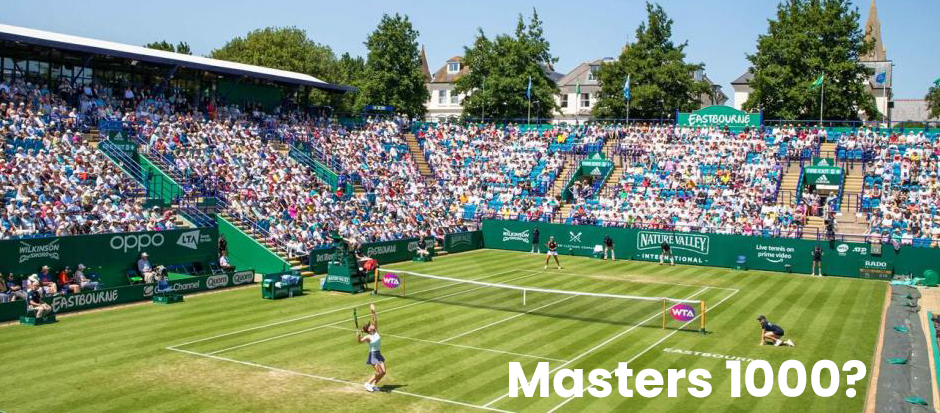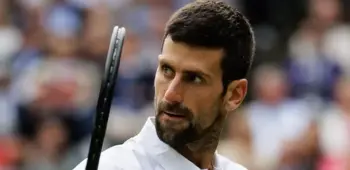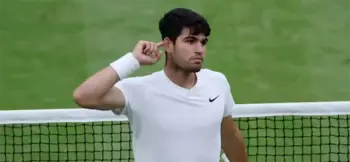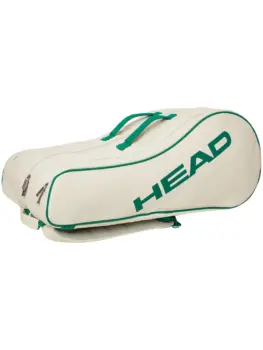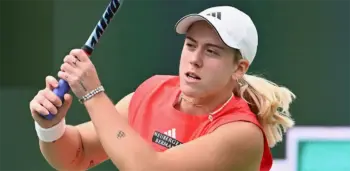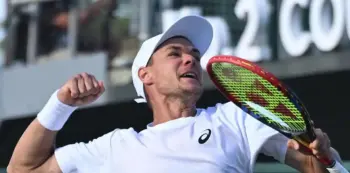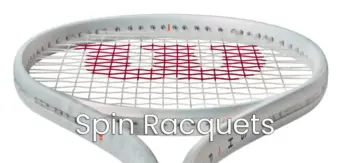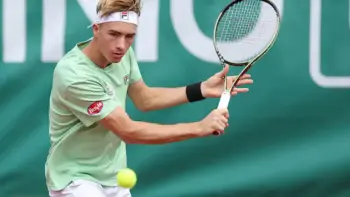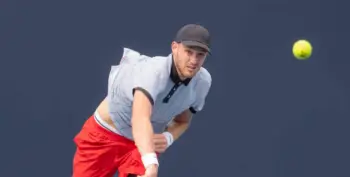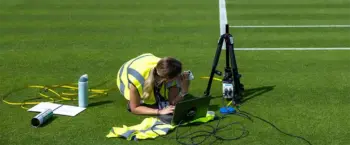Believe it or not, we’re already past the halfway point of the grass court season. That’s right, it’s only been three weeks of those aesthetically pleasing green courts on our screens, and yet, it’s nearly over.
Look at the overall tennis season, and one surprising feature emerges: there’s no grass court Masters.
On the men’s tour, there are nine ATP Masters 1000s, while the women have an equal number of WTA 1000 tournaments. For the men, six of these are on hard courts and three on clay; for the women, it’s seven on hard and two on clay.
Despite the fact that there’s a Grand Slam on grass, the surface receives no Masters 1000 level event. We look at why this is the case, and why it’s critical that the ATP and WTA Tours find a way to change this.
Why is there no grass court Masters 1000?
The short answer to why there’s no grass court Masters tournament is because the tennis calendar is so crammed.
Athletes play for 11 months of the year as it is, with June and July being one of the most packed parts of the season already.
The French Open concludes in early June, and players have three weeks between the year’s second Grand Slam finishing, and Wimbledon beginning. During this time, there’s a small number of tournaments–five for the men (two ATP 500s and three ATP 250s), and seven for the women (three WTA 500s, three WTA 250s and one WTA 125).
Squeezing a Masters-level tournament into this timeframe would be challenging. The prospect of playing one the week before a Grand Slam is virtually untenable. This would mean the event would need to be in the second week of the grass court season–something of a challenge in terms of players getting ready for the season.
Another reason there is no grass court Masters is because of the challenge in court maintenance. Grass courts require much more upkeep and investment than standard hard courts. At the same time, Masters tournaments have bigger draws, so require more courts.
The combination of these two factors means that the financial appetite for a grass court Masters isn’t there.
The case of a grass court Masters event
While there are some challenges, we still believe these are worth working through in order for a grass court Masters to exist in the tennis calendar.
Why? Three reasons.
- Better prepare players for Wimbledon
Compare the lead in to Wimbledon with the lead in to the French Open. The ATP and WTA Tours spend almost two months on the European clay ahead of Roland-Garros, with three Masters 1000 level tournaments for the men and two for the women. By the time the tours reach Paris, players have well and truly adjusted to the surface. The upsets of Monte-Carlo and Madrid are in the rear vision mirror, and everyone’s playing their best tennis at the French Open.
Add in a Masters event before Wimbledon, and we’d come closer to that scenario on grass as well. As it stands, players only have three weeks to prepare, which typically means playing one or two 250- or 500-level events.
A Masters tournament would provide a higher level of competition. It would also drive those who sometimes skip grass preparation to compete, challenging them to improve as well.
- Reward playing styles
Some players are fantastic on grass. It’s a shame that we only get to see them a few times a year. Throw in a grass court Masters tournament, and the likes of Adrian Mannarino will have a far better chance at receiving reward.
Bigger picture, today’s generation of tennis players largely play a heavy-hitting style of play from the baseline. This simply doesn’t cut it on grass. If the grass season was to have more weight, then players would adapt their styles to be more aggressive and flexible, enhancing the sport over all.
- Honor the history of the game
Finally, grass is part of tennis history. Once upon a time, the majority of tournaments were played on grass. The surface is beautiful and has a degree of nuance and tact that is lost on hard courts.
Grass has already been squeezed out of the calendar so much that participating on it is something of an afterthought for some. By including a Masters 1000 on grass, it would force players to prioritize the surface more. As a result, its history and importance would be preserved as well.
There certainly are challenges to having a grass court Masters tournament. While it may not be possible to extend the grass window, upgrading a tournament like Halle ATP to a Masters 1000 event would be a step in the right direction.
Would you like to see a grass Masters 1000?
